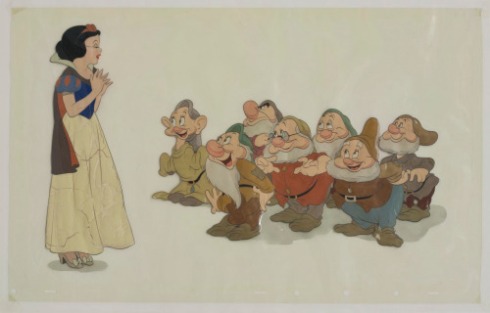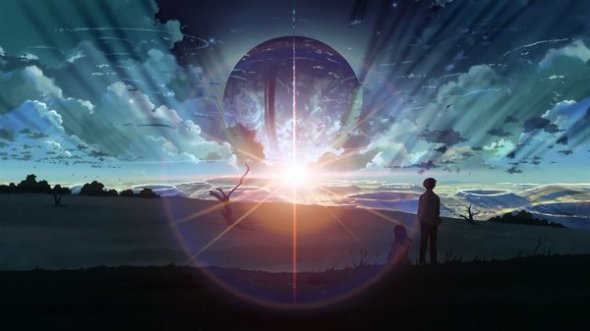Though relatively short, the history of animation up until now is relatively complex. When animations were first created in the early 1900’s, animators had to hand draw 24 frames, entire scenes, in order to produce a single second of animation. In order to refrain from drawing entire scenes, cel technology was used. Cels, clear acetate sheets, would have line drawings either drawn or photocopied on them and artists would fill in color as necessary. While individual frames would technically have to be drawn out, it was not necessary to draw the entirety of the scene. By overlaying different cels, cel technology expedited the animation process as animators could draw a background or object once, and use it for the entirety of an animated sequence. Only moving objects in the scene would need to be drawn anew. Examples of such animations include Disney’s Snow White and Sleeping Beauty. Disney’s last cel animated work had been The Little Mermaid.
With the progression of technology though, cel technology quickly was seen to be tedious, labor intensive, and difficult. With the development of computer based painting and art tools, animators began to make a shift. In the 1990’s, Disney moved to using the CAPS system. Similar to cel technology in that individual scenes and objects had to be hand drawn, these line art images would be move to an image editing software and digitally painted on the computer. More so now, 2D animators have moved towards the use of tablets and powerful image editing softwares like Photoshop in order to render their animations. Taking a step further, some studios have began moving towards the use of CGI, computer-generated imagery, in order to expedite the production of their 2D animations.
Japan, home to one of the largest 2D animation industries in their world, was a large contributor to the progression of this history with its production of anime. Anime is one of the most popularly watched forms of modern day animation and is a direct successor of cel animation, which is still used to this day. In an interview with Makoto Shinkai, most famously known as the director of Voices of a Distant Star, an OVA (Original Video Animation), Shinkai explains how technology has been used, and not used, in anime production. He made a point that anime was not moving towards more involved technologies such as 3D. Instead, it is lingering in the era of cel animation in order to preserve the tradition and feel of hand drawn 2D animation.
Shinkai, himself, is a practitioner digital technique in anime. His famous piece Voices of a Distant Star, was a 25 minute short with impressive imagery created in a short 7 months using only a Power Mac G4. The release of this OVA spurred other traditional anime producers to move towards digital techniques. As seen also in his later productions, effects only able to be created with digital tools such as lens flares, vividly colored skies, and dramatic lighting are witnessed. Shinkai adds that digital tools allow his animations to have more sophisticated lighting and color schemes (for example: global color illumination can be reflected in shadows, refractions etc.). For his newer films he has been using his Wacom tablet, Adobe Photoshop, and After Effects.
In order to further speed up the process of production and cut costs, 2D studios have turned to CGI. Computer generated imagery was generally used for cars, machines, or rigid bodies that only had simple rotation, scaling, or translational transformations. In the beginning, there was very little integration technique of 2D with 3D as the 3D model lacked the level of details that are present in 2D drawings. Shinkai, who also uses 3DCG in his works, notes that in order for the 3DCG to blend seamlessly, careful texture mapping and cel shading needs to be applied. Even so, the “too perfect” movements of the CG animation gives away what is 3D and what is 2D.
Even with improving 2D techniques that make production faster and cheaper, 2D animation is having difficulty with keeping up with 3D. Furthermore, Shinkai notes that anime studio productions are bound by Adobe and what features they choose to include in their software. In the end, however, Shinkai hopes to capture his audience not for the visuals but for a compelling story and concept.
Fenlon, Wesley.”2D Animation in the Digital Era: Interview with Japanese Director Makoto Shinkai.” Tested. 20 Sept. 2012. Web. 10 Oct. 2013.




This would be a great lead in for your paper. Even though it doesn’t address the 2d/3d dialogue directly, I think the broader look into the evolution of animation technology is very helpful. It describes not only the evolution of specific techniques, but also the dilemma between relying on CGI and the desire to preserve a certain 2d quality, which I think lies at the root of your thesis.